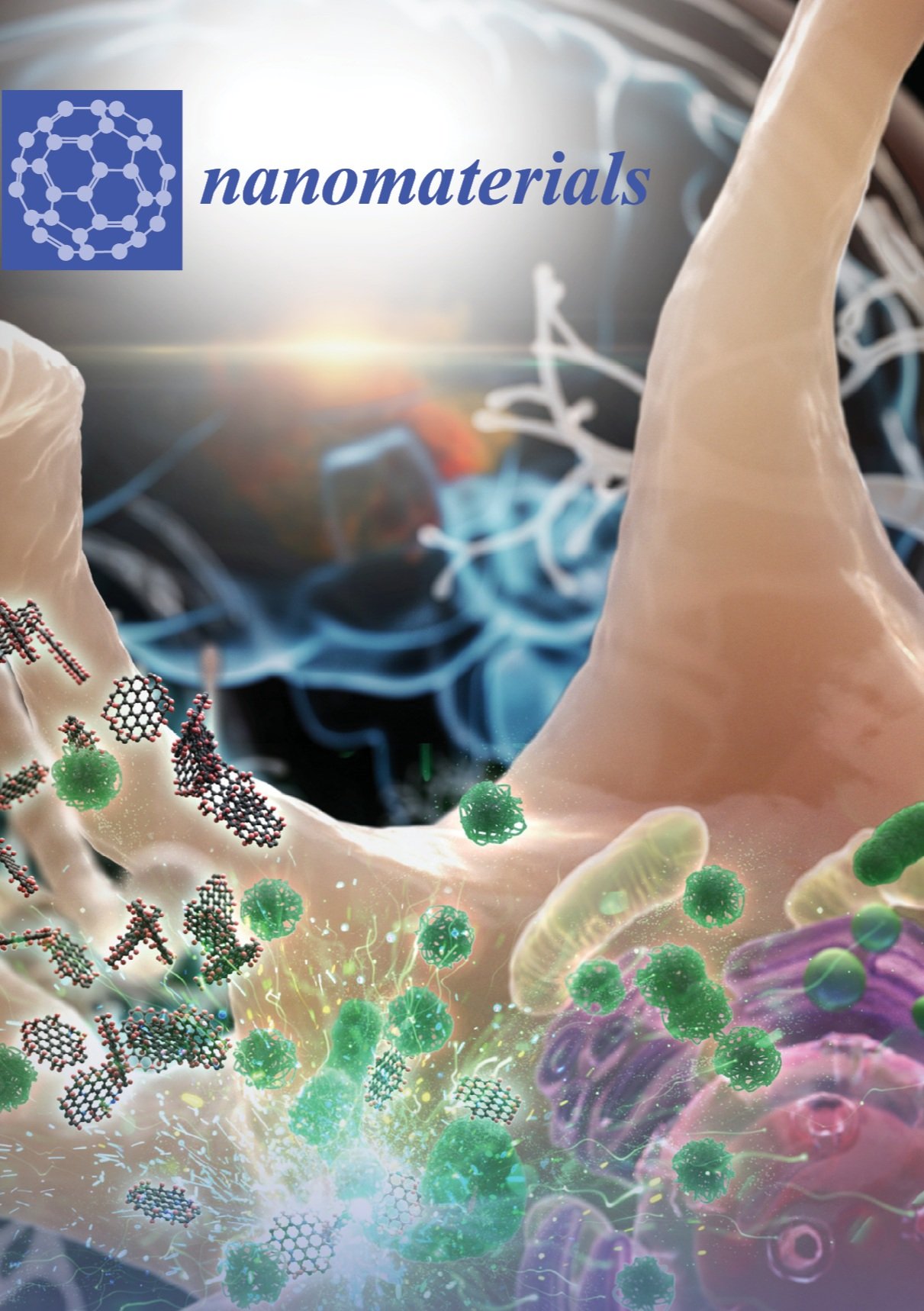
Our Science
What is Graphene?
Graphene is a single layer of graphite arranged in a hexagonal honeycomb lattice shape. Discovered in 2004 by scientists at University of Manchester, graphene-based studies are nowadays conducted all over the world across different disciplines including physics, chemistry, materials science, and engineering to exploit many of its unprecedented and exciting properties. BioGraphene taps into years of study efforts from scientists at Seoul National University and Johns Hopkins University to focus exclusively on the application of soluble graphene-based materials for biomedical applications.
Graphene in Biomedicine
Graphene Quantum Dots with Excellent Biocompatibility
Among the varying types of soluble graphene-based nanomaterials, Graphene Quantum Dots (GQDs) display some of the most promising properties in terms of biocompatibility. Nanometer-sized graphene quantum dots are known to exhibit negligible toxicity with excellent stability in physiological conditions, attracting attention as bioimaging, diagnostic agents, and drug delivery platforms. Their amphiphilic properties are advantageous in interfering with or breaking down the formation of undesirable aggregations (i.e. neuroproteins/cholesterol) in the body. With years of experience and acquired expertise, BioGraphene has developed its new drug candidate, BGN-112, as a potential treatment for indications such as Parkinson’s, Alzheimer’s, and Niemann-Pick disease Type C (NPC) as well as ALS and others.
Pipelines
BGN-112 is a novel first-in-class drug candidate composed of proprietary biocompatible GQDs
BGN-112
Small-sized (2~5nm), amphiphilic nanoparticles consisting of a graphitic domain and oxygen-containing functional groups (hydroxyl, carboxyl) around the edges
High solubility in aqueous solutions
Good Blood-Brain Barrier (BBB) permeability validated in vitro/in vivo model
Negligible long-term in vitro/in vivo toxicity
Confirmed therapeutic efficacy across diverse interrelated disease models (Parkinson’s disease, Alzheimer’s disease, Niemann-Pick disease Type C, ALS, Glomerulonephritis, Colitis)
Improved hepatoblast differentiation of human pluripotent stem cells by coffee bean derived graphene quantum dots
Kang et al. 2D Mater. (2022) 9 035012
Publications
Graphene Quantum Dots Alleviate Impaired Functions in Niemann-Pick Disease Type C in Vivo
Kang et al. Nano Lett. (2021) 21(5) 2339-2346
Oral administration of microbiome-friendly graphene quantum dots as therapy of colitis
Lee et al. 2D Mater. (2021) 8 025036
Improved osteogenesis of human adipose-derived stromal cells on hydroxyapatite-mineralized graphene film
Park et al. 2D Mater. (2021) 8 035012
Graphene Quantum Dots from Carbonized Coffee Bean Wastes for Biomedical Applications
Kim et al. Nanomaterials (2021) 11(6) 1423
Facile Synthesis of N-doped Graphene Quantum Dots as Novel Transfection Agents for mRNA and pDNA
Ahn et al. Nanomaterials (2021) 11(11) 2816
Stacked graphene with nanoscale wrinkles supports osteogenic differentiation of human adipose-derived stromal cells
Park et al. 2D Mater. (2021) 8 025034
Graphene quantum dots as anti-inflammatory therapy for colitis
Lee et al. Sci. Adv. (2020) 6(18) eaaz2630
3D graphene-cellulose nanofiber hybrid scaffolds for cortical reconstruction in brain injuries
Hwang et al. 2D Mater. (2019) 6 045043
Graphene quantum dots prevent α-synucleinopathy in Parkinson’s disease
Kim et al. Nature Nanotechnol. (2018) 13(9) 812-818
Multiscale Modulation of Nanocrystalline Cellulose Hydrogel via Nanocarbon Hybridization for 3D Neuronal Bilayer Formation
Kim et al. Small (2017) 1700331
Multifunctional graphene oxide for bioimaging: emphasis on biological research
Hwang et al. Eur. J. Nanomed. (2017) 9(2) 47-57
Non-destructive electron microscopy imaging and analysis of biological samples with graphene coating
Park et al. 2D Mater. (2016) 3 045004
Engineering structures and functions of mesenchymal stem cells by suspended large-area graphene nanopatterns
Kim et al. 2D Mater. (2016) 3 035013
Graphene-based nanomaterials for versatile imaging studies
Yoo et al. Chem. Soc. Rev. (2015) 44 4835-4852
In situ hybridization of carbon nanotubes with bacterial cellulose for three-dimensional hybrid bioscaffolds
Park et al. Biomaterials (2015) 58 93-102
Covalent conjugation of mechanically stiff graphene oxide flakes to three-dimensional collagen scaffolds for osteogenic differentiation of human mesenchymal stem cells
Kang et al. Carbon (2015) 83 162-172
Graphene-Regulated Cardiomyogenic Differentiation Process of Mesenchymal Stem Cells by Enhancing the Expression of Extracellular Matrix Proteins and Cell Signaling Molecules
Park et al. Adv. Healthcare Mater. (2014) 3 176-181
Graphene-incorporated chitosan substrata for adhesion and differentiation of human mesenchymal stem cells
Kim et al. J. Mater. Chem. (2013) 1 933
Biomedical Applications of Graphene and Graphene Oxide
Chung et al. Acc. Chem. Res. (2013) 46(10) 2211-2224







